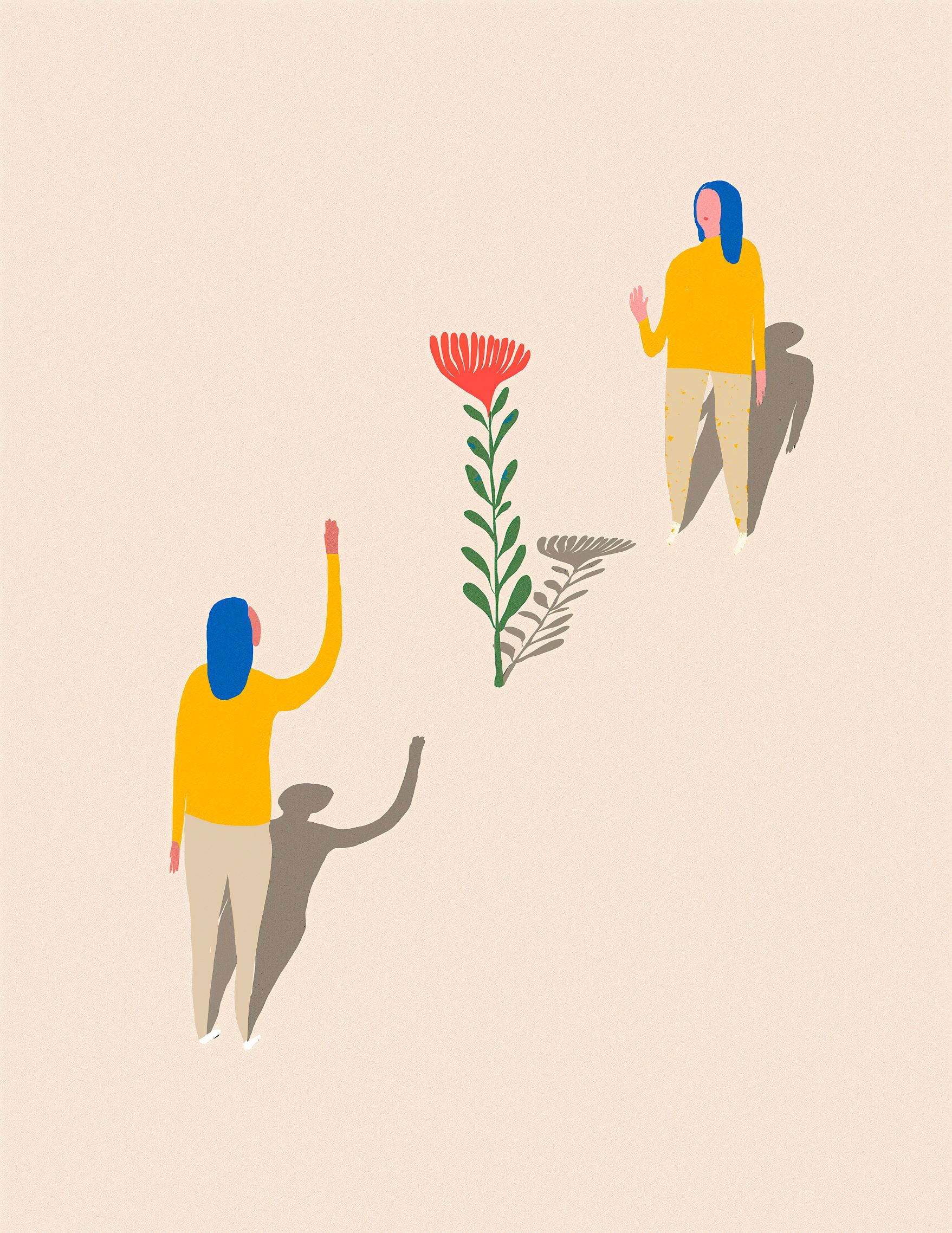As a parent, an educator, and an uncle, I worry about this generation of young people.
And there’s good reason to worry.
For example, according to the recently released Youth Behavior Risk Survey, 42% of American high school students felt so sad or hopeless during a 2-week period in 2021 that they stopped doing their usual activities (in 2011, this percentage was 28%). Sadness and hopelessness were especially high in females (57%) and LGBTQ youth (69%). As demonstrated by social psychologist Jean Twenge and others, loneliness also has been on the rise among young people. So have self-focus, individualism, and narcissism.
Do you relate to any of this? Do you personally know a young person who seems to be struggling with their mental health? Do you notice how many youths seem too narrowly self-focused?
What can we, as adults, do to help?
The short answer: we can help young people find more awe.
New Research on Awe in Kids
I’ve been thinking a lot lately about a research article, published recently in the journal Psychological Science. In two studies, researchers randomly assigned some 8-13 year olds to watch an animated movie clip eliciting awe, some to a clip eliciting joy, and some to a clip eliciting a neutral (control) response. Results showed that, compared to the joy and control conditions, the kids led to feel awe more likely participated in an effortful task and more likely demonstrated generosity toward refugees (a group not their own). Those led to feel awe also experienced more of a parasympathetic, calming bodily reaction associated with social engagement.
Awe is an emotional response to something vast that transcends our current frame of reference. The scientists who conducted the awe studies speculate about various activities that may nurture awe in young people. For instance, parents, teachers, or other adults might connect kids to stories that are highly unusual or even magical; music with unexpected harmonies or shifts in energy; amazing theatrical, artistic, or athletic performances; big buildings like cathedrals; and beautiful places in the natural world.
Much of this stands in contrast to the common view that great literature, music, theater, art, and time spent in nature don’t have much real-world impact and that they are expendable from school curricula.
Applying This Research to Help Young People
Of course, many factors likely threaten youth mental health. Although I personally would love to see a nationwide prohibition of social media until the age of 18 – or at least a change in school policies such that times could be intentionally carved out during the school day when cell phones are not accessible to students – these changes lie largely beyond my control. As a parent, I could restrict my kids’ technology use – and I wish I had done that when they were younger – but I feel that, ultimately, in this culture, adding family restrictions may cause other problems. Overuse of technology seems to be more of a systemic, cultural problem.
A more effective, more practical strategy may be to help the young people in my life find more awe. I can do my best to encourage a love of reading, theater, music, art, and sports. I can enroll my kids in schools that are environmentally-focused. When I’m teaching, I can bring my classes outside, when possible. I can bring my son to a live concert. I can bring my nephew to the zoo.



